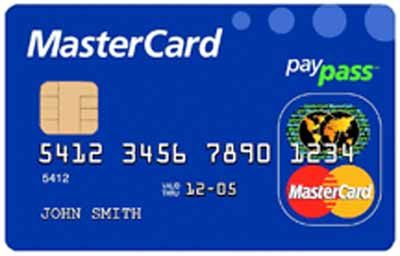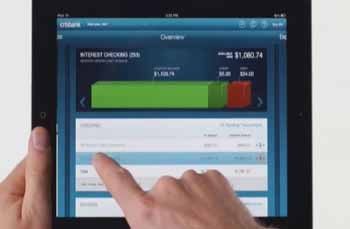MarketResearch.com has announced the addition of the new report “Private Label Credit Cards in the U.S., 7th Edition” to their collection of Banking & Financial Services market reports.
This report forecasts private label card purchase volume to grow at a compound annual rate of 4.5% between 2010 and 2015 to reach $ 228 billion.
Private label card spending totaled $ 183 billion in 2010, down 14.4% from the 2009 level, according to Private-Label Credit Cards in the U.S., a recent report from market research firm Packaged Facts.
The 2010 decline was the largest during the 2006-2010 period both in nominal dollars and in percentage terms, and was primarily due to a continued tightening in program quality by many issuers through closing accounts that had become delinquent or shutting down poor performing programs altogether.
Leading the trend in declining purchase volume were several of the larger issuers. The largest, Citibank, with retail programs such as Home Depot, Sears, and several retail gas companies, reported a purchase volume decline of 20%, though some of the decline was due to the sale of certain programs to GE Capital Retail Finance.
Packaged Facts further estimates that total private label credit card receivables plummeted 18% in 2010. The decline was largely due to charge-offs by issuers, though most issuers noted that consumers had increased payment rates. In addition, lower purchase volume added less to the balance sheets of issuers.
Private-Label Credit Cards in the U.S. reports that Wells Fargo, which focuses mostly on smaller specialty retailers such as furniture stores, saw the greatest decline in receivables. Citibank also saw its private label card receivables fall significantly, as did GE Capital, despite adding $ 1.6 billion to its receivables balance.
According to David Sprinkle, publisher of the report, modest economic growth will be a key factor in the consumer’s ability to find additional spending power, the retailer’s ability to capture the consumer dollar, and the issuer’s ability to balance new accounts with potentially increased credit risk.
The report forecasts private label card purchase volume to grow at a compound annual rate of 4.5% between 2010 and 2015 to reach $ 228 billion.
From a product perspective, private label cards face even more competition in the form of increased purchasing options and the challenge to change with mobile-driven times in order to stay competitive.




